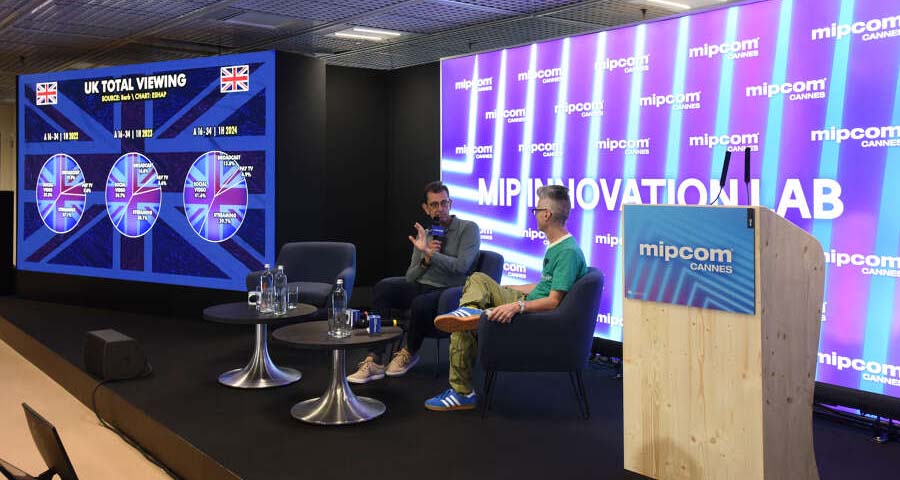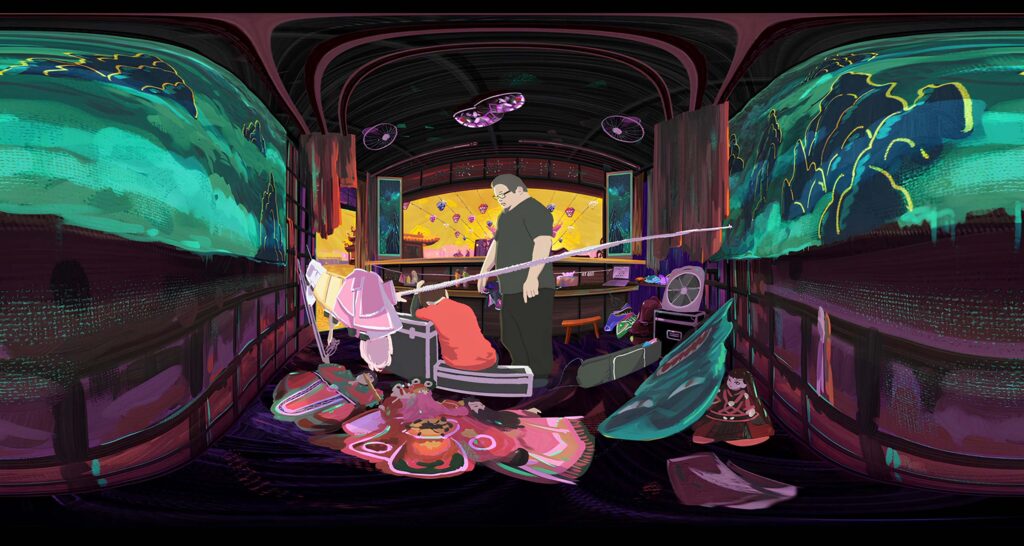The second day of MIPCOM 2024 opened with a conference featuring key players from the streaming industry, focusing on how the digital business is evolving and how it’s reshaping UK audience consumption habits.
Evan Shapiro moderated the session, and the first speaker was Justin Sampson, Chief Executive of Barb Audiences. Sampson highlighted the ongoing challenges for public broadcasters, particularly around relevance: ‘The current challenge public broadcasters face is staying relevant to both younger and older audiences. Services like the BBC must maintain relevance to reach both younger generations and older viewers who hold the majority of disposable income’.

Sampson also discussed the growing importance of YouTube as a distribution platform for traditional broadcasters. He noted that in September, 0.6% of Channel 4’s viewership came through YouTube. This audience, largely under 35, was entirely new and did not cannibalize the existing TV audience. He emphasized platforms like YouTube and TikTok in expanding reach, advising broadcasters to use these tools to attract younger viewers. He also added that are planing to release detailed program-level data in early 2024 to further aid broadcasters in refining their strategies.
Following Sampson, David Eilenberg, Head of Content at Roku, provided insights from the perspective of a streaming service. While his role is often associated with greenlighting shows, Eilenberg pointed out that his responsibilities at Roku go beyond that. ‘Roku is not just a content provider but a leading streaming operating system, representing nearly 50% of all streaming TV platforms in the U.S’.
Eilenberg elaborated on Roku’s content strategy, which blends original shows with curated content across a range of genres, including FAST channels, sports, news, and digital-native programming migrating to connected TV (CTV). He also emphasized the growing success of the Roku Channel, which is among the top ten U.S. streaming services.
Discussing shifts in viewing habits, Eilenberg noted: ‘As streaming becomes the dominant viewing mode, we noted that 41% of all TV viewing in the U.S. is now done through streaming’. He also touched on the convergence of social video and traditional streaming, highlighting stars like Mr. Beast and Rhett and Link, who have found success on Roku’s FAST channels after gaining fame through social platforms.
In summary, the session showcased how traditional and digital media are converging, with public broadcasters and streaming platforms alike needing to adapt to shifts in audience behavior.







